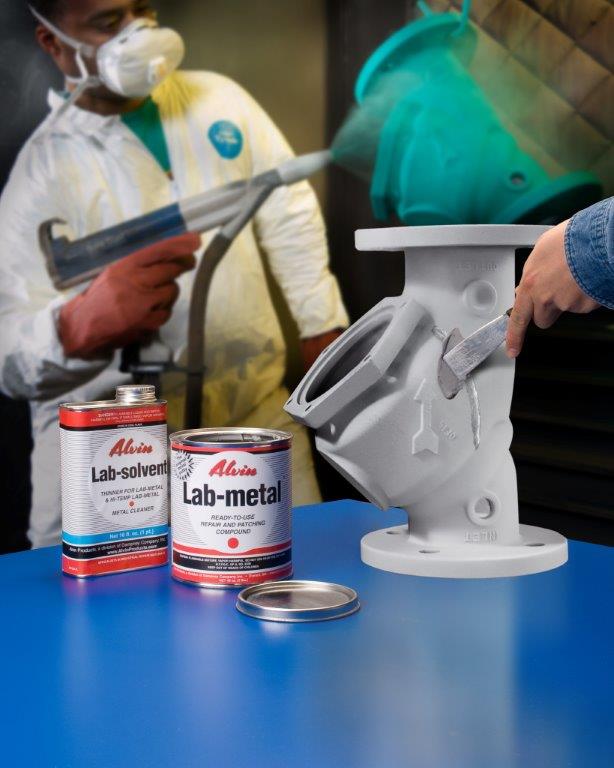Roll over image to zoom in
Save $-99.99
SKU: BKVCK
Share this product
FOR SLOW SPEED OFFROAD USE ONLY!!!
Got a hole in your tire? Dont want to buy a new one?? BKOR TIRE VULCANIZING CAN SAVE YOU THOUSANDS OF DOLLARS!! Each can has enough product to vulcanize 6-10 tires depending on hole size. Our newest formula can be fast cured over night using a heat lamp/shop light or any other heat source.
We have repaired countless tires using this product and they are still holding strong!
Perfect for lawn mowers, wheel barrels, and other low-load low-speed applications!
IMPORTANT!! THIS PRODUCT IS INTENDED FOR SLOW OFFROAD USE ONLY. DO NOT USE THE PRODUCT ON THE ROAD. DO NOT USE THE PRODUCT ON THE HIGHWAY. DO NOT USE THIS PRODUCT AT SPEEDS HIGHER THAN 30MPH! DO NOT REPAIR HOLES LARGER THAN 1.5" IN DIAMETER. USE GOOD JUDGEMENT WHEN WORKING WITH THIS PRODUCT AND BE SAFE AT ALL TIMES!
DIRECTIONS FOR USE:
THIS PRODUCT IS FOR OFFROAD USE ONLY! DO NOT USE ON VEHICLES THAT ARE TRAVELING AT SPEEDS ABOVE 30mph! BUSTED KNUCKLE OFFROAD IS NOT LIABLE FOR TIRE FAILURE, SUBSIQUENT VEHICLE DAMAGES, OR PERSONAL HARM. REPAIRS ABOVE 1” IN DIAMETER SHOULD NOT BE REPAIRED.
THE TEMPERATURE GUIDELINES LISTED BELOW MUST BE FOLLOWED OR THE PRODUCT WILL NOT CURE AND WILL FAIL
RECOMMENDED STORAGE CONDITIONS: Store in a dark, moisture free environment, away from direct sunlight Protect from freezing.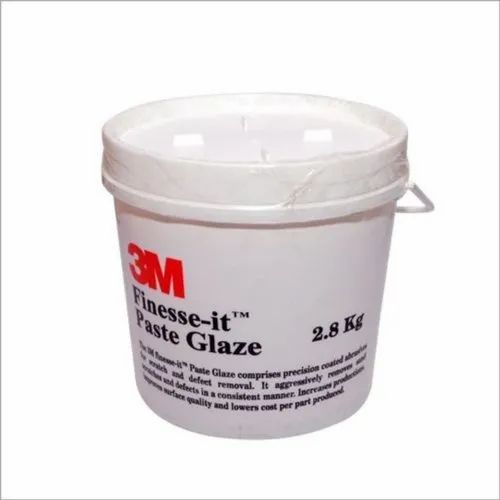 If product is stored below 32° F (0° C), allow the container to warm up for at least 24 hours at 70° F minimum prior to use.
Comply with all local, state, and federal regulations
If product is stored below 32° F (0° C), allow the container to warm up for at least 24 hours at 70° F minimum prior to use.
Comply with all local, state, and federal regulations
CURE TIME / TEMPERATURE:
**PRODUCT WILL NOT CURE AT TEMPERATURES BELOW 60°F**
Substrate temperature and ambient temperature correspond to cure time and repair hardness. As you increase temperature you reduce cure time and increase product hardness. Through testing we have found that temperatures between 100deg and 130deg give the best balance for curing time and harness.
DIRECTIONS
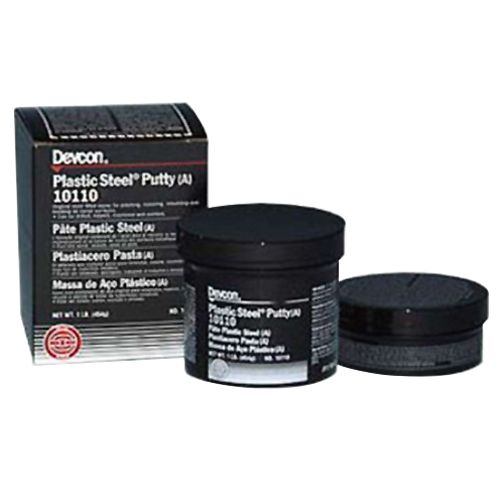 A grinding wheel specifically made for tire repair can be purchased from BustedKnuckleOffroad.com. Round the edges of the injury. Do not leave sharp edges. Leave only solid, undamaged rubber at the sides of the opening. Do not use a regular grinding wheel as the rubber will melt under the wheel and stop adhesion of the primer.
A grinding wheel specifically made for tire repair can be purchased from BustedKnuckleOffroad.com. Round the edges of the injury. Do not leave sharp edges. Leave only solid, undamaged rubber at the sides of the opening. Do not use a regular grinding wheel as the rubber will melt under the wheel and stop adhesion of the primer.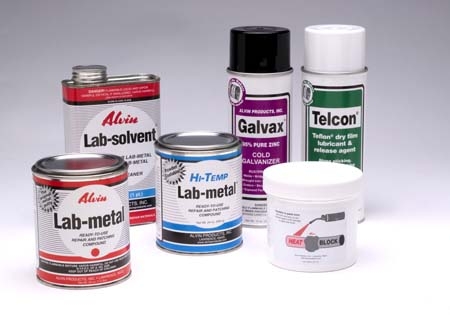
American ExpressApple PayDiners ClubDiscoverJCBMastercardVisa
Your payment information is processed securely. We do not store credit card details nor have access to your credit card information.
Country
United StatesCanada---AfghanistanÅland IslandsAlbaniaAlgeriaAndorraAngolaAnguillaAntigua & BarbudaArgentinaArmeniaArubaAscension IslandAustraliaAustriaAzerbaijanBahamasBahrainBangladeshBarbadosBelarusBelgiumBelizeBeninBermudaBhutanBoliviaBosnia & HerzegovinaBotswanaBrazilBritish Indian Ocean TerritoryBritish Virgin IslandsBruneiBulgariaBurkina FasoBurundiCambodiaCameroonCanadaCape VerdeCaribbean NetherlandsCayman IslandsCentral African RepublicChadChileChinaChristmas IslandCocos (Keeling) IslandsColombiaComorosCongo - BrazzavilleCongo - KinshasaCook IslandsCosta RicaCroatiaCuraçaoCyprusCzechiaCôte d’IvoireDenmarkDjiboutiDominicaDominican RepublicEcuadorEgyptEl SalvadorEquatorial GuineaEritreaEstoniaEswatiniEthiopiaFalkland IslandsFaroe IslandsFijiFinlandFranceFrench GuianaFrench PolynesiaFrench Southern TerritoriesGabonGambiaGeorgiaGermanyGhanaGibraltarGreeceGreenlandGrenadaGuadeloupeGuatemalaGuernseyGuineaGuinea-BissauGuyanaHaitiHondurasHong Kong SARHungaryIcelandIndiaIndonesiaIraqIrelandIsle of ManIsraelItalyJamaicaJapanJerseyJordanKazakhstanKenyaKiribatiKosovoKuwaitKyrgyzstanLaosLatviaLebanonLesothoLiberiaLibyaLiechtensteinLithuaniaLuxembourgMacao SARMadagascarMalawiMalaysiaMaldivesMaliMaltaMartiniqueMauritaniaMauritiusMayotteMexicoMoldovaMonacoMongoliaMontenegroMontserratMoroccoMozambiqueMyanmar (Burma)NamibiaNauruNepalNetherlandsNew CaledoniaNew ZealandNicaraguaNigerNigeriaNiueNorfolk IslandNorth MacedoniaNorwayOmanPakistanPalestinian TerritoriesPanamaPapua New GuineaParaguayPeruPhilippinesPitcairn IslandsPolandPortugalQatarRéunionRomaniaRussiaRwandaSamoaSan MarinoSão Tomé & PríncipeSaudi ArabiaSenegalSerbiaSeychellesSierra LeoneSingaporeSint MaartenSlovakiaSloveniaSolomon IslandsSomaliaSouth AfricaSouth Georgia & South Sandwich IslandsSouth KoreaSouth SudanSpainSri LankaSt.![]() BarthélemySt. HelenaSt. Kitts & NevisSt. LuciaSt. MartinSt. Pierre & MiquelonSt. Vincent & GrenadinesSudanSurinameSvalbard & Jan MayenSwedenSwitzerlandTaiwanTajikistanTanzaniaThailandTimor-LesteTogoTokelauTongaTrinidad & TobagoTristan da CunhaTunisiaTurkeyTurkmenistanTurks & Caicos IslandsTuvaluU.S. Outlying IslandsUgandaUkraineUnited Arab EmiratesUnited KingdomUnited StatesUruguayUzbekistanVanuatuVatican CityVenezuelaVietnamWallis & FutunaWestern SaharaYemenZambiaZimbabwe
BarthélemySt. HelenaSt. Kitts & NevisSt. LuciaSt. MartinSt. Pierre & MiquelonSt. Vincent & GrenadinesSudanSurinameSvalbard & Jan MayenSwedenSwitzerlandTaiwanTajikistanTanzaniaThailandTimor-LesteTogoTokelauTongaTrinidad & TobagoTristan da CunhaTunisiaTurkeyTurkmenistanTurks & Caicos IslandsTuvaluU.S. Outlying IslandsUgandaUkraineUnited Arab EmiratesUnited KingdomUnited StatesUruguayUzbekistanVanuatuVatican CityVenezuelaVietnamWallis & FutunaWestern SaharaYemenZambiaZimbabwe
Zip code
Items returned to busted knuckle off-road will receive a minimum 20% restocking fee if the reason for return is based on the customers actions (examples: no longer need, changed mind). Restocking fees are based on supplier fees and may vary.
Items may be returned within 90 days of shipment is unused and in original packaging. No items are able to be returned after 90 days from shipment. Returns are not accepted for parts that have been used or the original packaging is missing or damaged.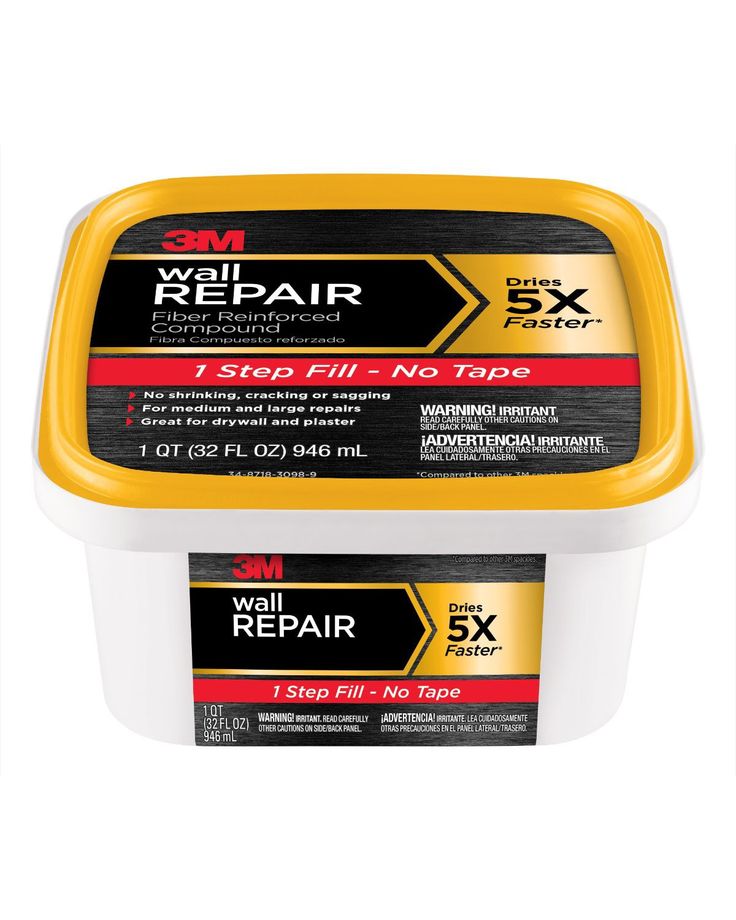
Shipping and freight costs are non-refundable.
Labor is non-refundable. Custom built items are non-refundable.
Warranty returns are void if the vehicle is used for racing or the damage is caused due to accidents or abuse.
It’s never a good day when a tractor or combine tire goes down. Maybe a sharp piece of metal has speared it and left you completely flat. Or, maybe you’ve discovered a chipped lug, bead damage—or you’re staring at your tire’s cords through a nasty gash. If you find yourself in this situation, there’s actually good news: the tire may be repairable.
How Vulcanized Repairs Can Save You MoneyA damaged bank account is the first thing most farmers think about when they spot a damaged tire. Or how the search for a decent used tire is going to waste time you don’t have. Don’t worry: NTS Tire Supply can help you with both these problems.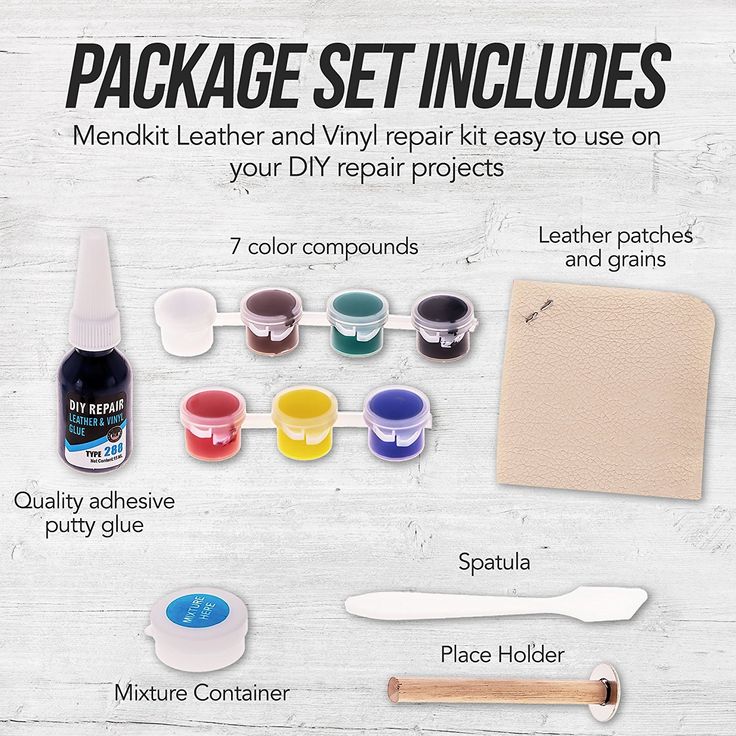
In reality, your damaged tire may still be good thanks to vulcanizing technology. Vulcanizing repairs can save your operation hundreds or thousands of dollars in tire replacement costs.
If for some reason a vulcanized repair isn’t a good fit for your tire (we cover the reasons below), we have a pretty good idea where you can find a quality used tire from a reputable seller. But first, let’s take a look at the 3 types of vulcanized repairs.
These repairs involve the most severe type of tire damage—cuts through the tire’s cords. Section repairs include sidewall, tread face, and shoulder reinforcement. To perform this repair, our vulcanizer grounds or bevels out the damaged area. The inside of the cut is then layered with new ply. Next, the cavity is filled with new rubber from the outside. Then, a high-pressure heat cure forces the rubber tightly into the cavity to complete the repair. Our success rate for section repairs is about 95%.
Spot repairs address external tire damage that does not involve the tire’s cords. Examples include sidewall cuts, chipped lugs, shoulder cracks, and bead damage. During a spot repair, our vulcanizer grounds or bevels out the damaged area and fills the outside of the cavity with new rubber. A high-pressure heat cure then forces the rubber into the casing and repairs the tire. Our success rate for spot repairs is over 99%.
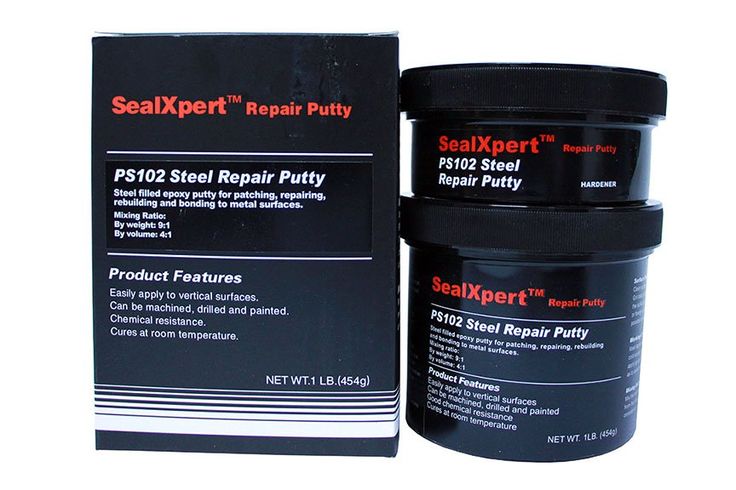
We recommend using Orange Armor tire sealant to completely guard against future leaks.
3. StrippingUnder the demands of agricultural use, the inner lining of a tire can thin to the point where the cords become exposed. During the stripping process, our vulcanizer applies a layer of new rubber to the inside of the tire, then bonds the new rubber to the casing with a high-pressure heat cure. Our success rate for stripping repairs is nearly 100%.
You should choose your tire repair person the same way you would choose a mechanic—go with who you trust based on the company’s experience and reputation. We’re fortunate to have Gary, our vulcanizer, who performs hundreds of tire repairs each year.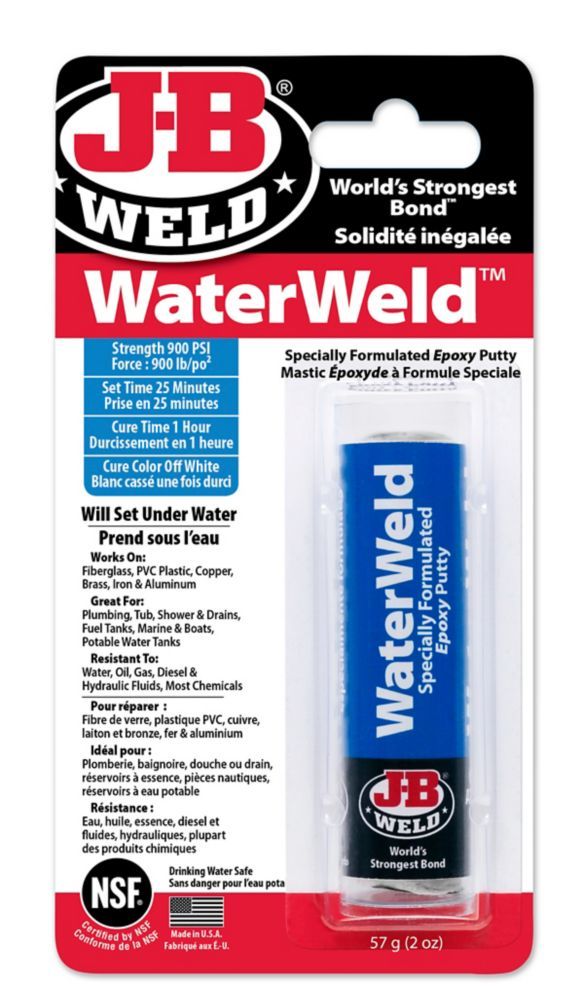
If you have a damaged tire, your first step is to contact us to see if we can fix your tire. Even though we can repair some of the nastiest-looking gashes, not every tire is repairable. A tire is unrepairable if:
Once you contact us about your repair, we’ll let you know what the next steps are. For example, we might need some pictures of the tire to determine if a fix is possible.
If we determine that vulcanizing can’t save your tire, your next step is a used tire. NTS Tire Supply has thousands of used tires in stock at any given time, so check if we can source a suitable used replacement before you look at a new one. We have everything from like-new tires with factory blemishes (that don’t affect performance) down to low-tread tires that you could mount for one more season before you invest in a whole new set.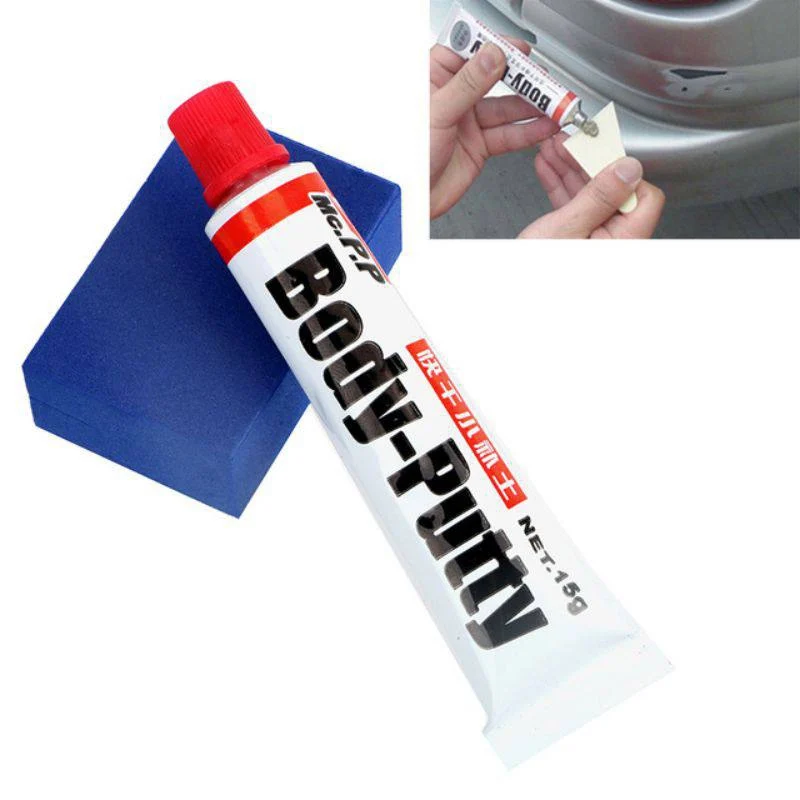
Every used tire we sell undergoes a complete inspection, inside and out. We look for anything that could impact the performance of the tire—weathering, casing issues, odd tread wear, etc. Can you say the same for a tire you might find on Craigslist or another online retailer?
Every tire we sell (or repair) is covered by our Black Gold Warranty. Bringing in a tire for a vulcanized repair? You’re covered. NTS Tire Supply stands behind every repair job with a full 2-year warranty. In the rare case that a repair fails, we’ll redo the job free of charge or refund the full cost of the repair.
We also stand behind every tire (or track) we sell: a practice that has attracted loyal customers since the 1980s, when we first started selling used tires. If a product fails within the first 30 days after installation or 6 months after purchase (whichever comes first), NTS Tire Supply will offer free replacement, repair, or the full purchase price back including labor.
Read More: NTS Tire Supply covers every used tire we sell with our Black Gold Warranty.
Have a damaged tire? Contact us today and we’ll discuss your repair options. And if you need a used tire or want to upgrade the performance of a machine on your farm with a set of new rubber, our tire experts will work to find the best options for your operation. We’re here to help drive your farm forward.
Perhaps no responsible driver will set off on a journey without a "reserve" - you never know what surprises prepared by Mrs. Fortune and our notorious roads. However, the spare tire takes up a significant amount of space in the trunk, and you don’t want to bother with a replacement because of any trifle. That is why more and more modern motorists, in addition to a first aid kit, a fire extinguisher and tools, are purchasing special first aid kits for a punctured tire - repair kits and tire sealants.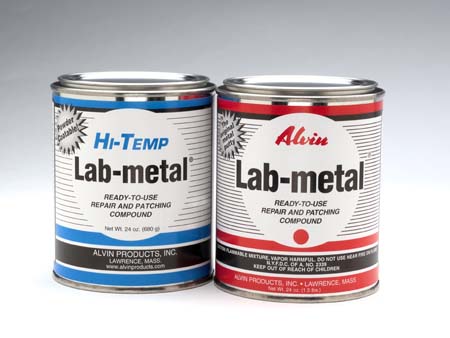 We will look at how these miracle remedies work, how to use them and what to look for when choosing, in this article.
We will look at how these miracle remedies work, how to use them and what to look for when choosing, in this article.
Tire repair kit and sealant - an alternative to a spare tire or an addition?
To begin with, both the repair kit and the sealant are devices for restoring the integrity of the tire in an emergency. It is emergency - you can drive on tires “patched” in this way not far, on average, no more than 15 kilometers (exceptions are only the smallest punctures). It is important to understand: the main "mission" of all repair kits is to allow the motorist to easily reach their destination or service station, where professionals will take care of the affected wheel.
However, the common purpose is, perhaps, the only thing that unites the repair kit and sealant. Since in everything else: composition, principle of action, method of application - these useful inventions differ greatly.
DIY Tire Repair Kit: DIY Patch
The Classic Tire Repair Kit is a set of tools and accessories for DIY manual repair of a punctured tire or tube. The “magic” case includes: a tool for expanding the puncture (awl), a tool for inserting a tourniquet, a set of tourniquets made of rubber or nylon fibers, a knife. The mechanism of operation is very simple: first you prepare the puncture site, giving it the desired size and shape, and then literally plug the hole with a tourniquet. Rubber bands are stronger and more durable, however, during installation, they must first be lubricated with glue (as a rule, in such cases, the type of glue is indicated in the instructions for the repair kit). After the "patch" is delivered, you will need to restore the pressure in the tire - and that's it, you can go!
The “magic” case includes: a tool for expanding the puncture (awl), a tool for inserting a tourniquet, a set of tourniquets made of rubber or nylon fibers, a knife. The mechanism of operation is very simple: first you prepare the puncture site, giving it the desired size and shape, and then literally plug the hole with a tourniquet. Rubber bands are stronger and more durable, however, during installation, they must first be lubricated with glue (as a rule, in such cases, the type of glue is indicated in the instructions for the repair kit). After the "patch" is delivered, you will need to restore the pressure in the tire - and that's it, you can go!
IXORA recommends: Tubeless Repair Kit in AIRLINE Case – This handy, stylish kit includes everything you need to repair any tubeless car tire. The kit includes: tools with “file” and “needle” tips, a replacement needle tip, 20 raw rubber bundles, a knife, a hexagon and the plastic case itself, which allows you to compactly remove and transport all the contents.
Tire Sealant: Spare can
A completely different story with sealants. They are special solutions that envelop the hole from the inside and form a dense film at the puncture site or simply "clog" the hole. The difference in composition: some sealants are based on latex, which instantly hardens upon contact with air, while others have synthetic or natural fibers in the structure, which fill the hole.
According to the scope of application, sealants are preventive and repair. As the name implies, the former are used in intact wheels to prevent possible punctures (for example, if the car runs over a nail, the sealant pumped into the tire will automatically close the puncture so that the driver will not notice the incident). As for repair sealants, they are designed specifically for the “treatment” of already damaged tires.
How tire sealant works
The principle of operation and, accordingly, the algorithm for working with sealant is as follows:
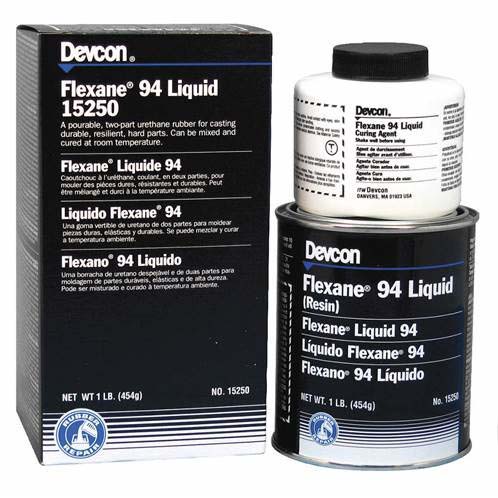
However, be aware that sealant is not a panacea, it is a serious drug that can have a strong effect on wheels. So, for example, if you violate the speed limit (after using a repair sealant, it is not recommended to drive faster than 50 km / h), you risk “earning” wheel imbalance due to the fact that the sealant can “gather” into clots. Therefore, before use, carefully read the instructions and follow all the instructions: wheels are safety, and jokes are bad with safety.
How to choose a tire sealant
When choosing a sealant, pay attention to the following criteria.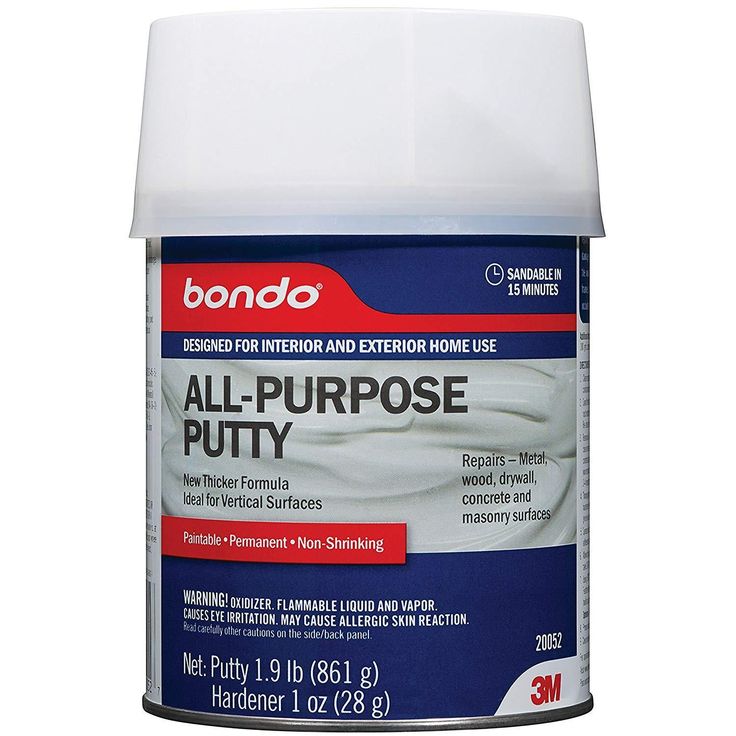
IXORA recommends: GUNK and MOTUL Tire Repair Sealants - modern effective aerosols that allow you to restore the integrity of both tubeless tires and tubes in a matter of minutes. The compositions are universal, easily cope with holes up to 5 mm, are absolutely safe and do not disturb the balance of the wheels.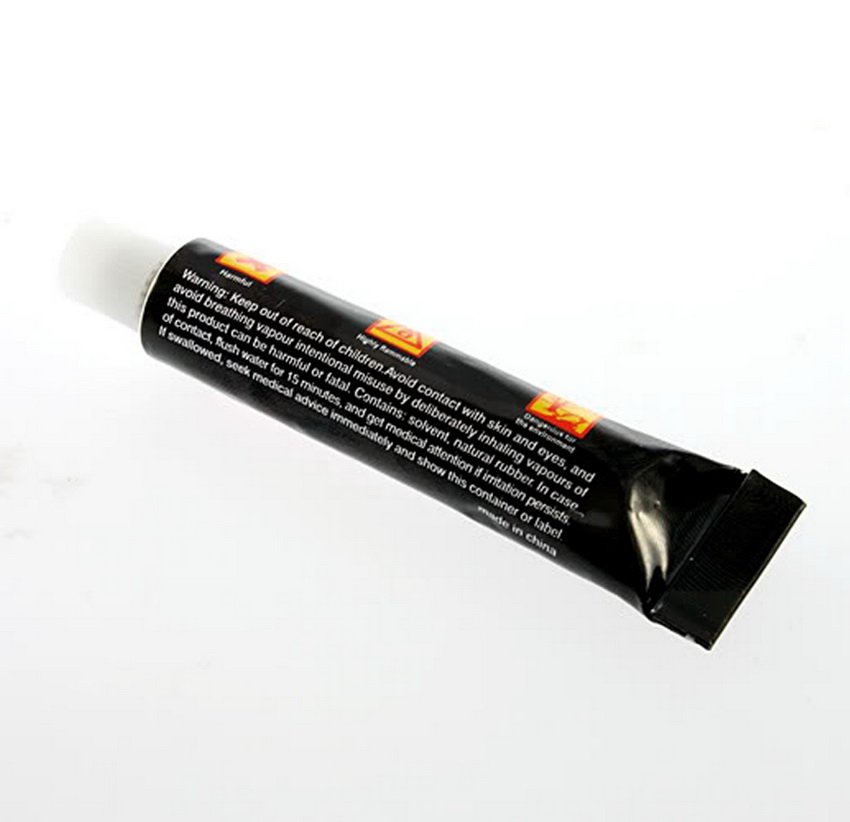
Why a sealant and repair kit should be in every car
Without a doubt, a repair kit and sealant are indispensable tools, especially if you have a long road ahead of you. Changing a wheel on the side of the road in the wilderness and driving around dusty country roads in search of at least some kind of tire service? Or bring along an emergency kit and a can of liquid "reserve"? I think the choice is obvious.
And finally: a general tip for working with repair kits and sealants - both of them are most effective for sealing small punctures (about 5 mm, some sealants up to 10 mm, but no more!). In addition, the sealant will be useless if the damage occurs not in the tread area, but, for example, on the side. Therefore, it is reasonable to have options in the trunk for both cases: a repair kit for manual repairs, and a sealant - especially since the price of the issue is more than affordable, and the benefits are obvious.
You can always buy a repair kit and sealant for tires, as well as pick up any other spare parts and accessories in the hypermarket network IXORA .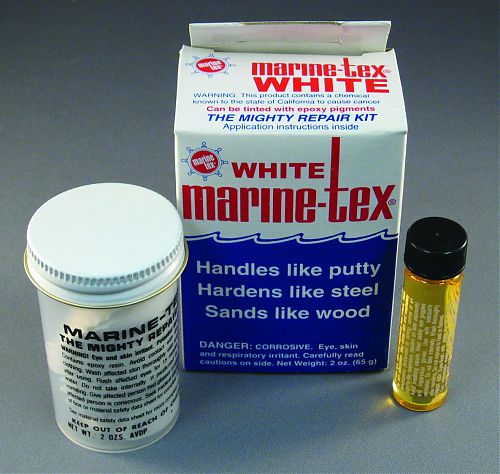 Our staff will be happy to help you with your choice!
Our staff will be happy to help you with your choice!
You can get professional advice when choosing a product by calling 8 800 555-43-85 (the call is free within Russia).
A car tire puncture is an unpredictable phenomenon. A spare or stowaway will of course help, but in some cases a faster method of troubleshooting may be required. For girls, changing a wheel can be a serious test. In such situations, a special material - tire sealant - can become a reliable means of repairing a puncture.
In most cases, tire sealant is an aerosol can containing a special chemical material that seals the tire from the inside.
The composition of the sealants are:
The latex sealant works from the inside of the tire. The material covers the inner surface, and getting to the place of breakdown, isolates it. Compositions based on synthetic or natural fibers are made on the basis of asbestos, polyethylene or paper. They, unlike latex sealants, act only at the puncture site itself.
Compositions based on synthetic or natural fibers are made on the basis of asbestos, polyethylene or paper. They, unlike latex sealants, act only at the puncture site itself.
By appointment means for tires are preventive and repair.
Means for preventive purposes are used in order to prevent a possible breakdown of rubber. A special sealing compound is fed through the nipple into the tire.
Under the influence of centrifugal force, which occurs when the vehicle is moving, the material is distributed over the inner surface of the tire.
When a tire breaks down, into which a preventive sealant is poured, there is no pressure drop in the wheel.
If the tire is with a chamber, then the composition is poured between the balloon and the tread layer. Due to the air cushion that is present in the wheels with the camera, heating can occur. Since the material withstands high temperatures, it contributes to the cooling of the tread.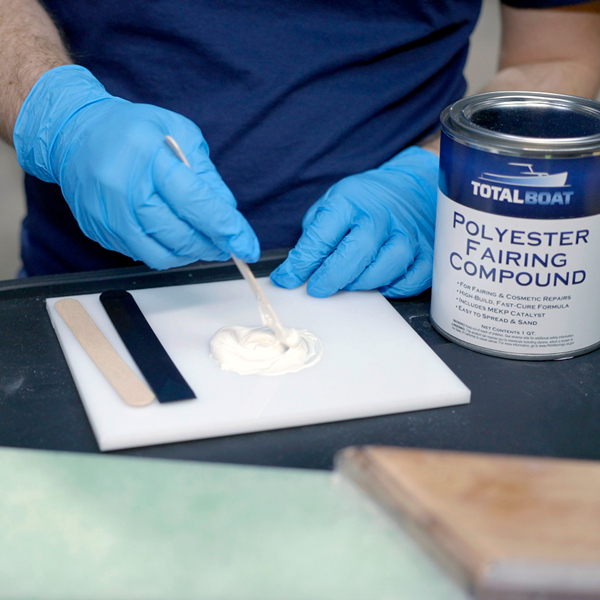 When using a preventive sealant in tubeless tires, the composition is distributed inside the wheel and prevents the occurrence of punctures and cracks.
When using a preventive sealant in tubeless tires, the composition is distributed inside the wheel and prevents the occurrence of punctures and cracks.
Additional functions of sealants:
Repair sealants are used if a puncture has already formed and it is urgent to restore the integrity of the wheel in order to continue further movement.
When the material is injected, the pressure in the tire increases and the tire takes shape. A film or liquid is formed inside the wheel, which, under the influence of centrifugal force, is evenly distributed inside the wheel and clogs the sample.
In addition to aerosols, there are materials in vials. They do not increase tire pressure, so the tire must be inflated after filling. But such materials can be used with fully flat tires.
But such materials can be used with fully flat tires.
Repair sealants can only be used in tubeless tires. In tires with chambers, their use is unacceptable, since such material will simply glue the cylinder to the inner surface, and the wheel will become unusable.
There are a lot of tools for repairing punctured wheels on the market. In order to attract a potential buyer, manufacturers prescribe "tasty" properties to their products. But, if we put aside all the marketing tricks, to select the optimal tool, you should pay attention to the following characteristics.
Firstly, this is the purpose of the material. Aerosol wheel sealants, unlike those sold in bottles, have the additional function of increasing the pressure inside the tire. In terms of efficiency, it is impossible to say exactly which composition is better, but the ability to increase tire pressure can be indispensable, especially in cold or rainy weather.
The second is the operating temperature range of the sealant, namely frost resistance.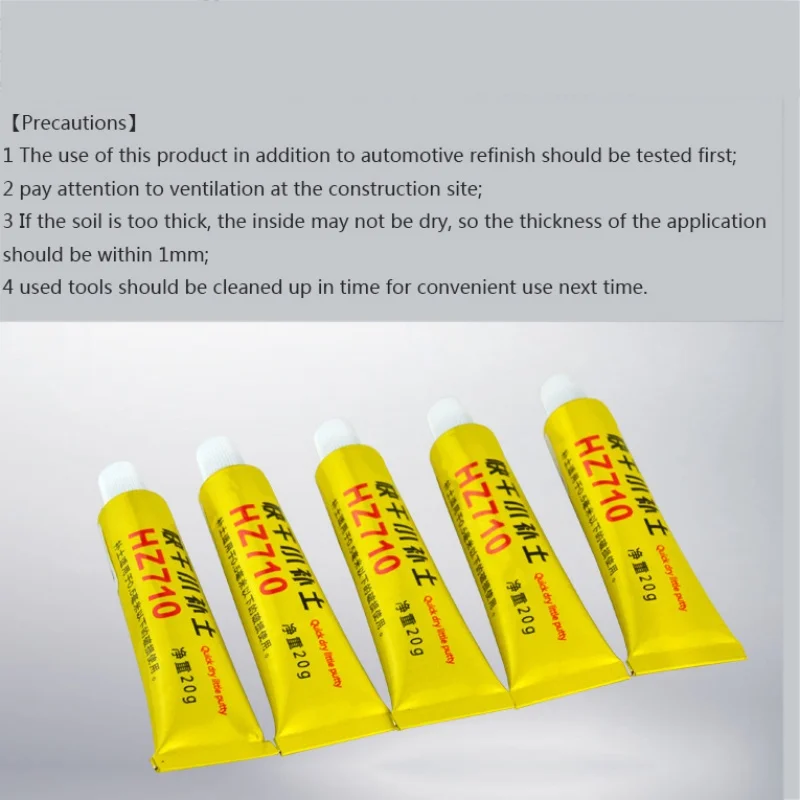 At negative temperatures, some compounds crystallize, lose their properties and become completely useless.
At negative temperatures, some compounds crystallize, lose their properties and become completely useless.
An important role is played by the volume of the sealant. For example, 300 ml of spray is enough to eliminate a puncture in a small car tire, but this is not enough to repair an SUV wheel. Therefore, the dimensions of the installed tires should be taken into account.
This information is contained on the label or instructions for use.
Do not forget about the types of tires installed on the car. Different sealants are used for tubeless and tube tires, but there are also universal compounds that are suitable for both types.
You also need to consider the number and size of punctures. Sealants can repair up to 6 punctures at the same time. At the same time, no composition will close up holes larger than 1 cm.
In addition to the above nuances, there are some difficulties that may arise when using a sealant.
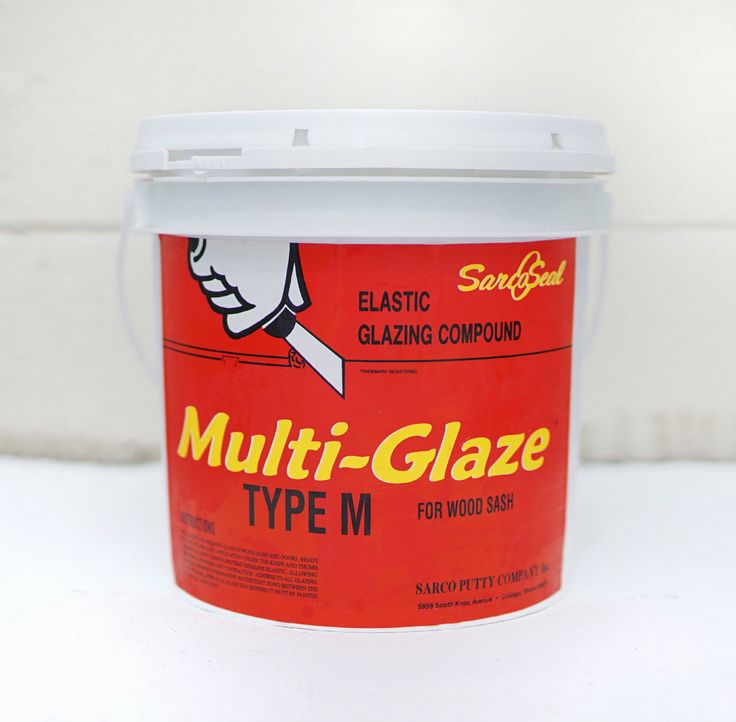
Remember that the effect of tire adhesives is short-lived. Depending on the material, a retreaded wheel can be driven from 10 to 20 kilometers at a speed not exceeding 40-50 km/h.
To eliminate lateral damage with the help of such sealants will not work. It's all about centrifugal force, due to which the composition remains only in the projector area, and does not flow onto the side surfaces. Also, do not use sealants if the wheel is deformed.
If you are using aerosols that contain flammable gases, then the wheels should not be inflated with air. During driving, the rubber heats up and the mixture inside can ignite and explode.
Repairing a wheel with sealants is not a difficult procedure. The main thing is to follow certain rules that depend on the material used.
First you need to remove the object that caused the puncture or, if it is not there, find a hole. Then you need to turn the wheel so that the damage is on top.